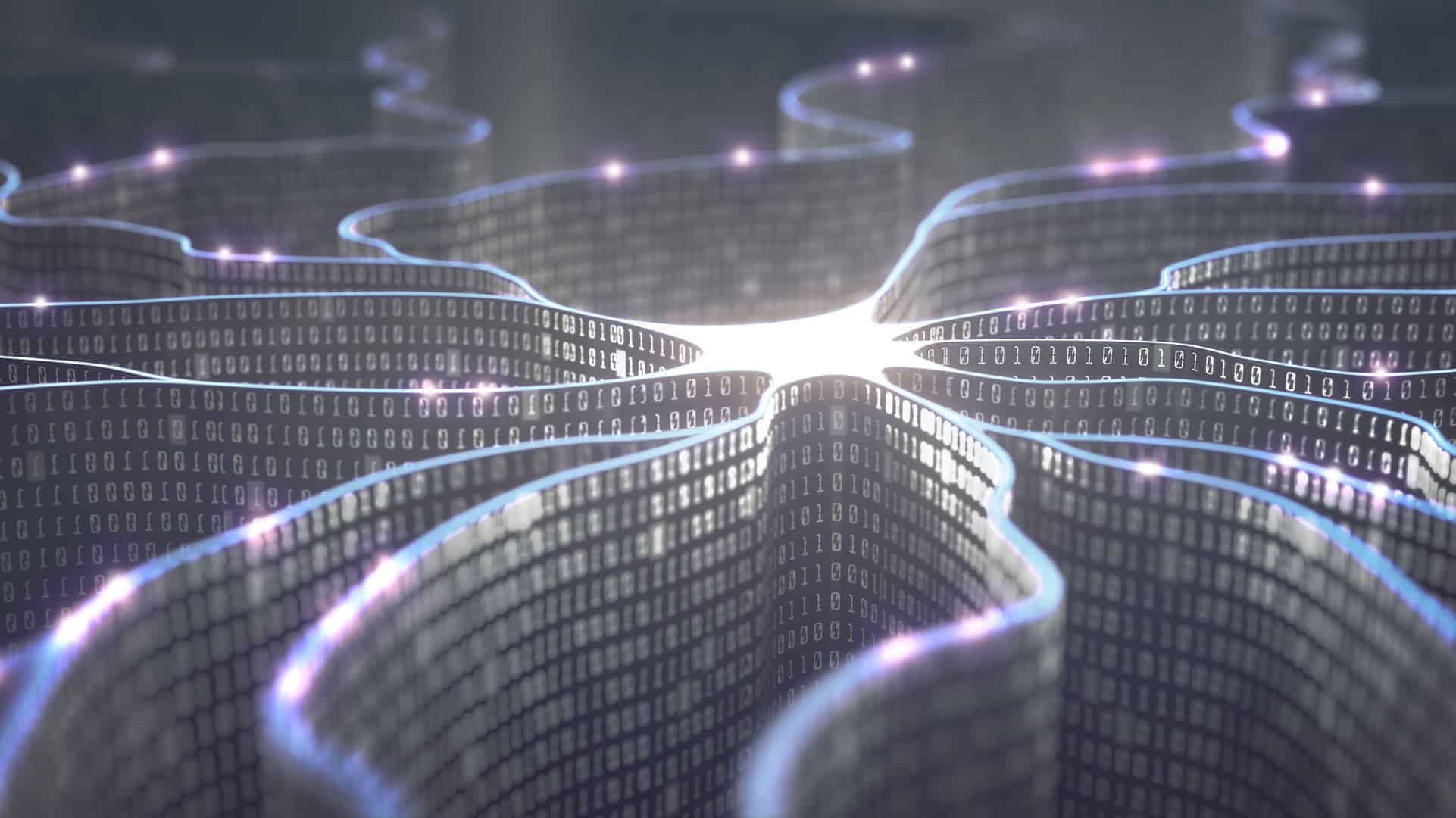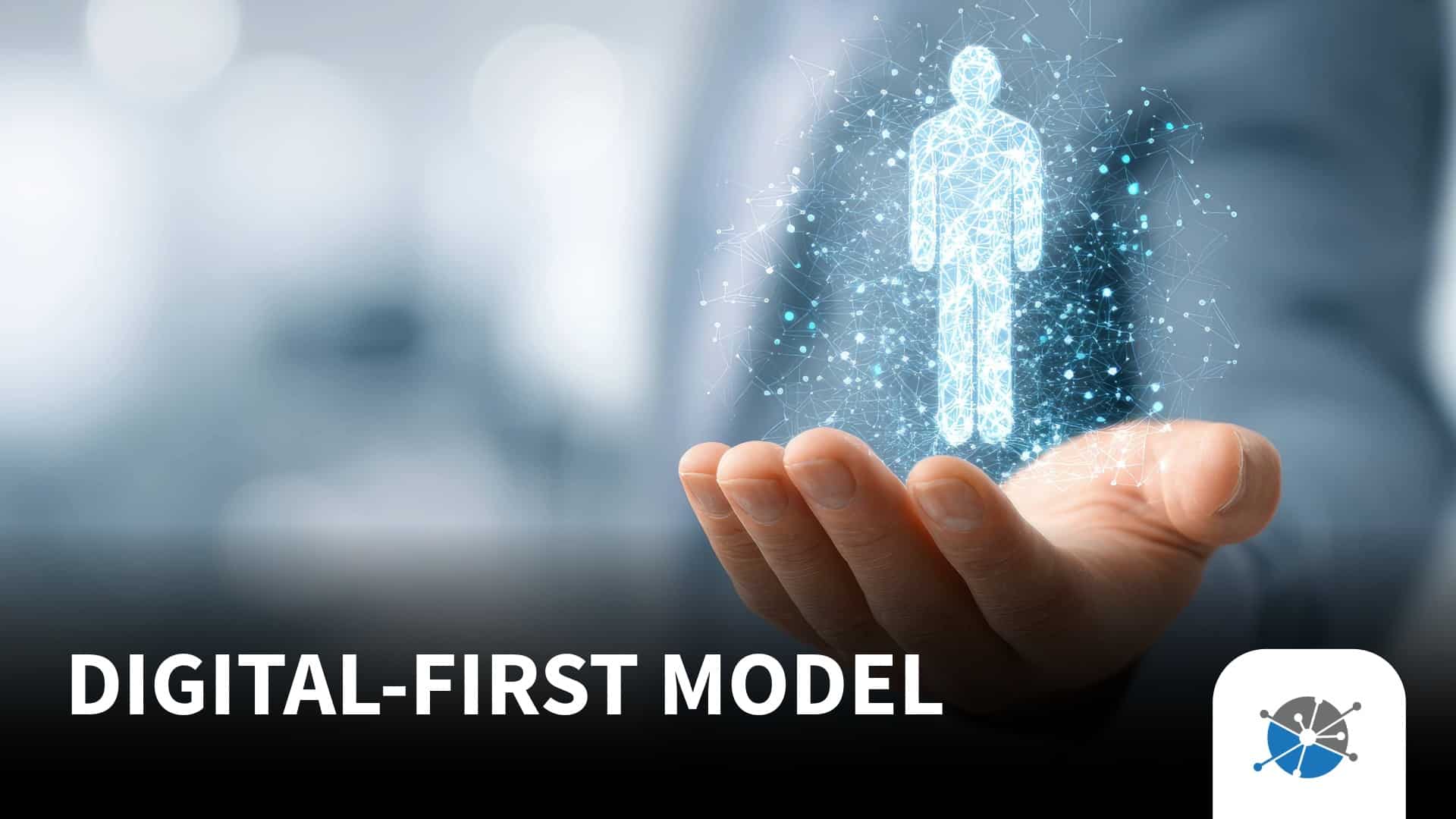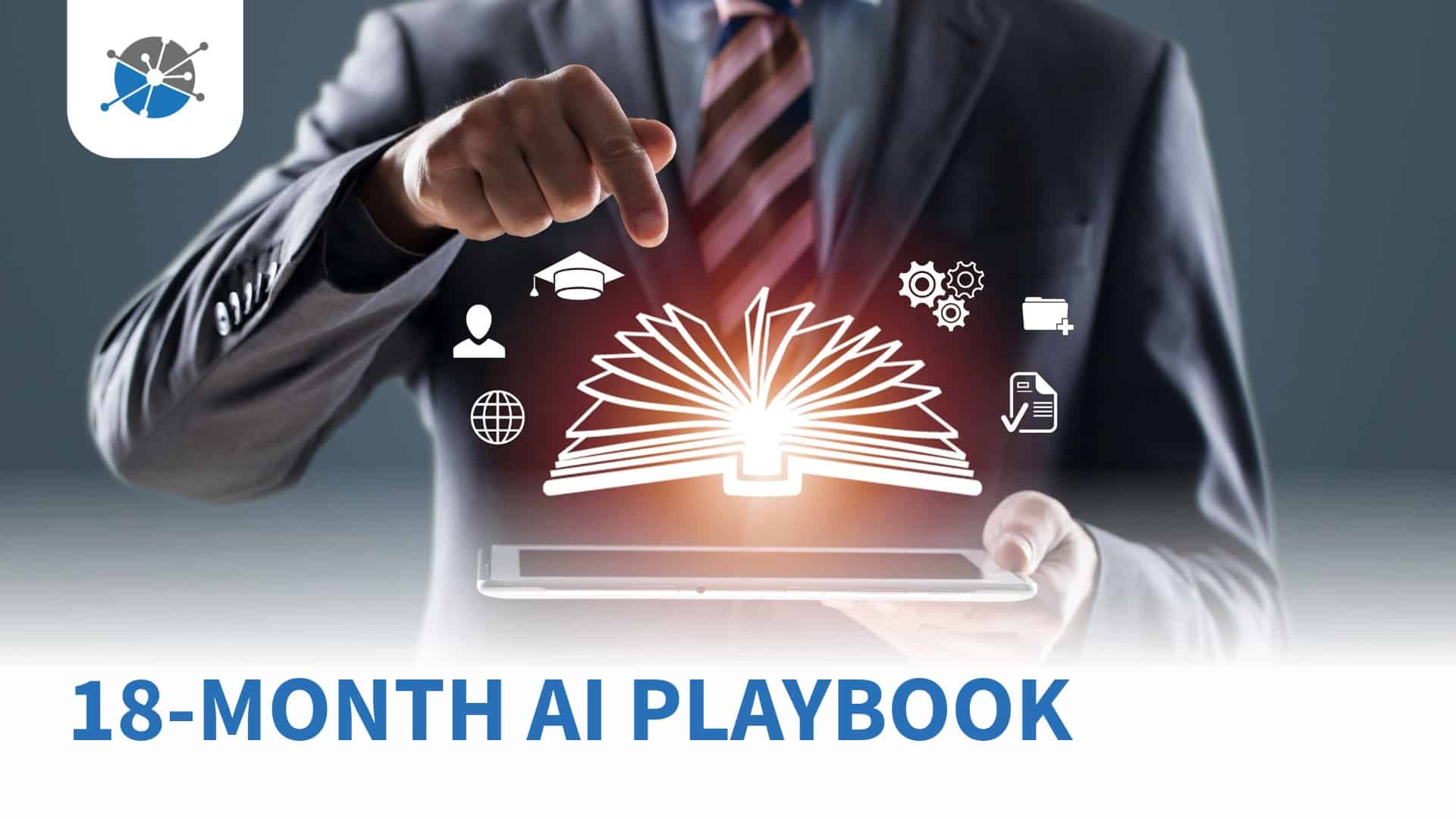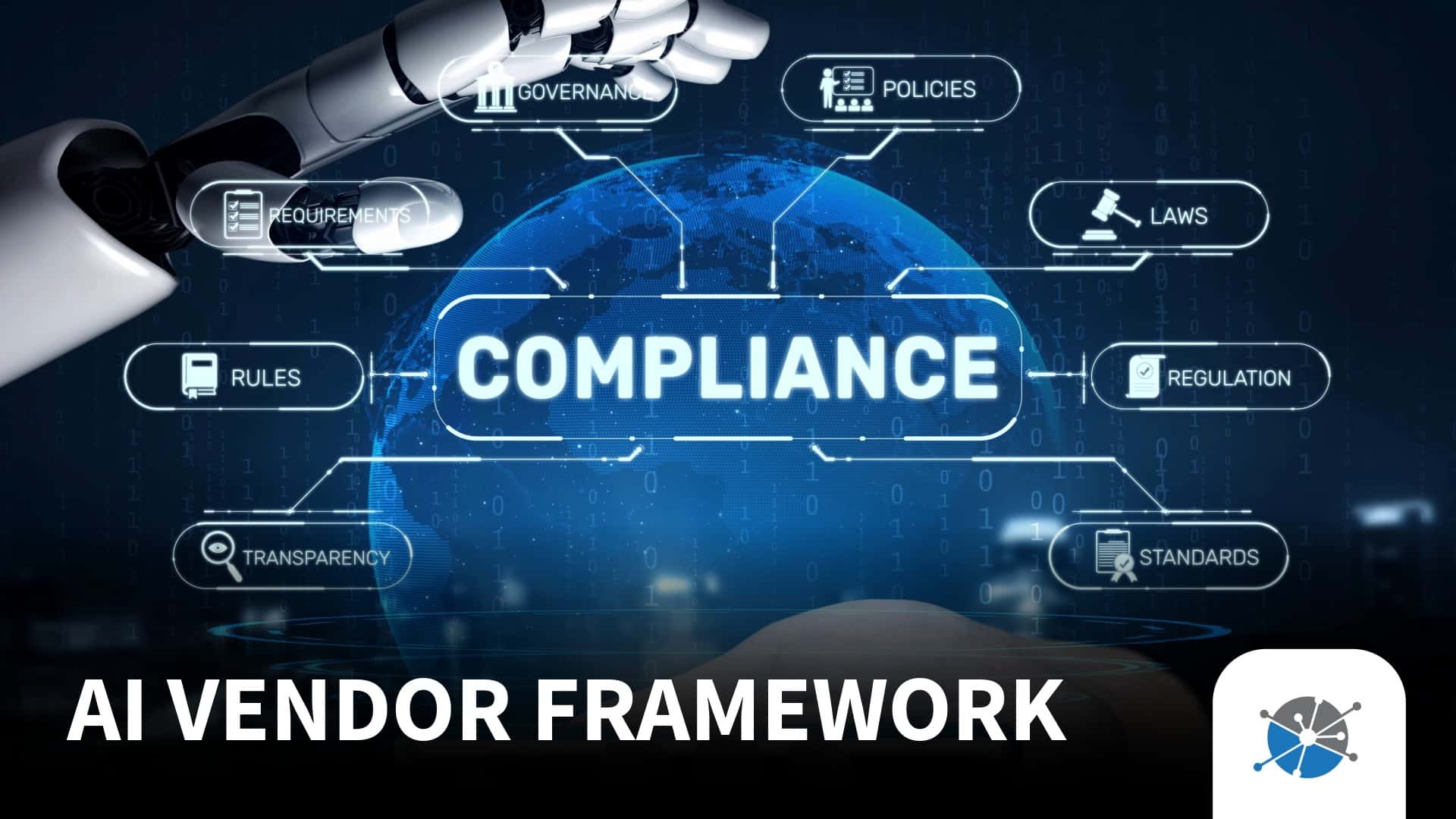
How Will Artificial Intelligence Affect the A/R Business
The competitive and regulatory landscape in which we all operate has caused a sea change in the way the collections business operates. Once a company has done all it can to cut costs and manage risks, what will fuel competitive advantage? It’s still going to be two things: net cash flow and the people who work for you. How can you support and enable the best of both? In the simplest terms, artificial intelligence (AI) can help you untrap cash, and make life exponentially easier for your operational team. Far from being pie-in-the-sky futurethink, AI is coming right at the A/R business, and with good reason. From all indications, AI is capable of producing the predictive and analytic data that business leaders will need to make pivotal decisions faster, delivering a better customer journey, and improving cash flow and workflow quality, not to mention a better quality of life for operational staff. AI has the potential to increase efficiency, take care of tasks that have long wasted the time of A/R staff, and enable company leadership to make better-informed decisions about where to increase investment and where to pull back. What’s not to love about AI?
Tech: Enabler of Market Differentiation
AI has a good chance at rapid adoption because IT teams (who are on the front lines of helping bring AI into the business) are no longer seen as a cost center by smart company leaders, but instead, as a source of innovation, and an enabler of revenue growth and market differentiation. Digital innovation is rightly a top priority, and CIOs are increasingly driving that bus. For their part, CEOs have come around to the idea that CIOs need to be front and center in the company, aligning IT with business strategy. For the accounts receivable (A/R) business, the strategy will likely include AI for its multi-pronged potential to have a positive effect on improving recovery rates.
Predictive Analysis
Artificial intelligence can aggregate the data necessary to pinpoint how that experience should happen and learn (over time) the best way to engage with clients for the best chance of receiving payment as soon as possible. It will be able to determine the best day to send a reminder about an overdue invoice, or whether phone, email or even social channels will work best to recover an outstanding balance. It can even identify the payment method that’s preferable based on an analysis of behavior data.
AI can also use trend analysis to find payment patterns and construct reconciliation rules that align with business goals. It can also extract key historical data, like open, closed and disputed invoices, collector logs, external data (like credit ratings and interest rates) and produce all viable credit and A/R prediction scenarios such as the likelihood of customer default. Think of all the metrics we use to measure our success in the A/R business! AI has the capacity to tell us exactly where to focus our attention in order to optimize the value we bring to our clients.
Imagine the operational and planning implications of having technology in place that can predict likely late payments before the invoice due date, and identify the root causes of late payments. What if you could reduce the time it takes to process disputes, retrieve proof of delivery, claims documents, audit documentation and the like? What if a machine could use its analytic capacity to tell you who is most likely to file a complaint with a regulatory body, and what you should do to reduce that risk?
Complex Supply Chain and Invoice Management
Our interconnectedness and the role we play in large, interconnected supply chains can make collecting money even more complex. Robotic process automation can also be a super sleuth when remittance data is gathered through disparate sources, matching with invoice data and reconciling the resulting electronic payment with the corresponding customer account. For example, if customers submit payment that doesn’t match the invoices in the accounting system, AI solutions can match the paid amount to the right combination of invoices. This alone will kill a good amount of wasted office time.
Unlocking Human Capital
Automation and machine learning allows humans to instead focus on decisions that require human creativity and ingenuity, rather than data processing. There is probably an untold amount of untapped brilliance sitting in your office right now. But they’re not bringing their best thinking to bear on your operations, because they ’re too busy doing work that a machine is better able to do. The benefits of unlocking that talent can be huge for your business, and your staff. AI can help unearth that potential in organizations of all sizes.
Cash Flow Optimization
Then there are AI’s potential impact on important measures like average collection period ( DSO1) and by extension, a company’s working capital. Machine learning automation systems can learn how to categorize invoices over time, and send and manage invoice reminders when payments are overdue, and then follow up automatically. The benefits of reducing DSO are well known: An average organization can reduce its trapped cash by nearly 33% just by reducing DSO by 5 days. In turn, better cash flow means less reliance on expensive bank loans. This can keep more of your cash on hand, which can then be used for things like needed upgrades or other capital improvements. Good cash flow means you’re always in a position to seize good buying opportunities, make important strategic hires or other staff expansions. The sky’s the limit.
All in all, AI can help companies develop and execute a sound A/R strategy that augments human operations expertise, and improves cash flow. With that, AI is poised to transform the A/R function into a durable source of competitive advantage. This is exciting. We can’t wait to see the full scope of the value AI unlocks for our industry.
This article courtesy of Cascade365 and originally published on 1-8-19.







